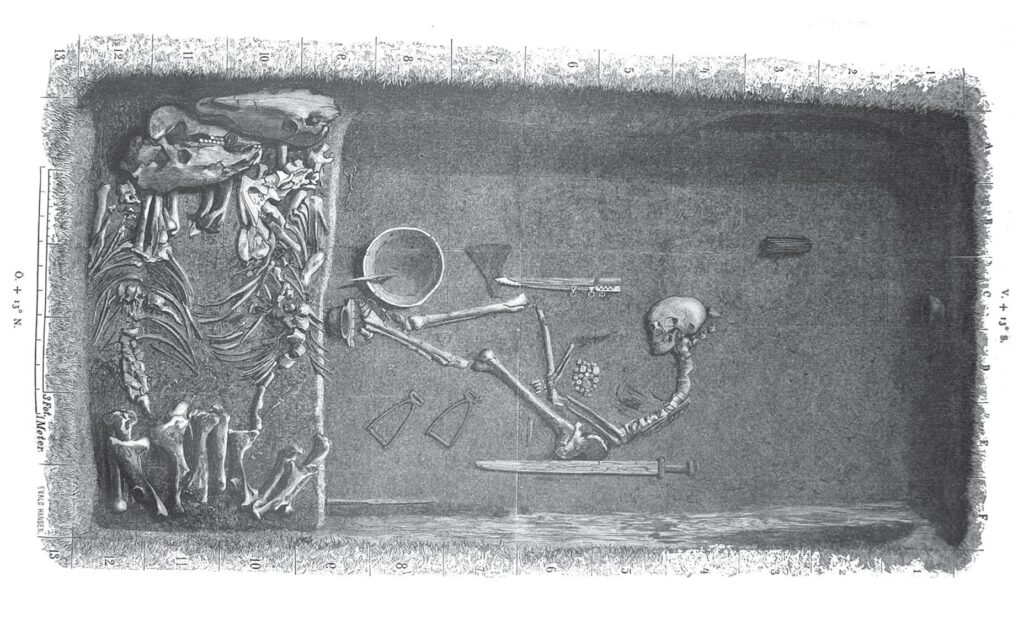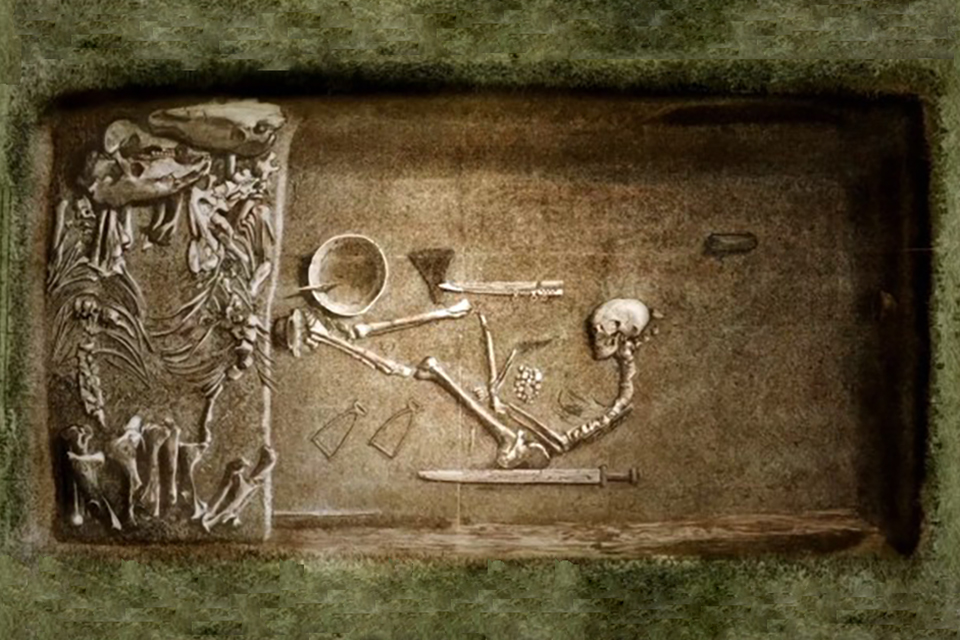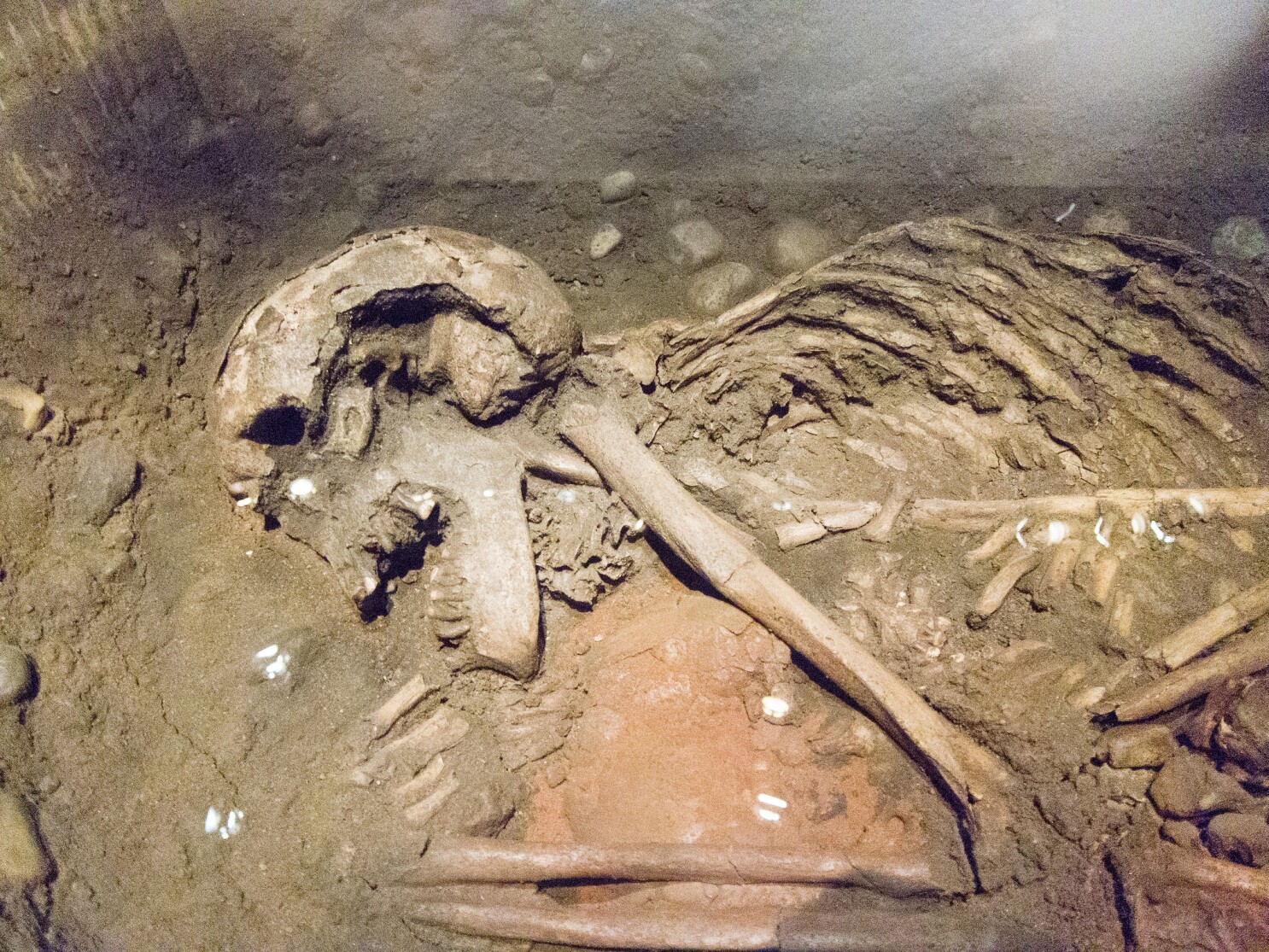In 1878, archaeologists unearthed a remarkable grave on the island of Birka, a significant Viking trading center in Sweden. This burial site, designated Bj 581, contained the remains of a warrior surrounded by an impressive array of weapons and artifacts, prompting researchers to believe they had discovered the grave of a prominent male warrior. However, a groundbreaking DNA analysis conducted in 2017 revealed that the warrior was, in fact, female, challenging long-held assumptions about gender roles in Viking society.
Table of Contents
ToggleThe Grave and Its Contents
The burial chamber was filled with an array of weapons, including:
- A sword
- An axe
- A knife
- Two lances
- Two shields
- 25 arrows
The presence of these weapons led to the initial assumption that the individual was a male warrior ready for battle. Additionally, gaming pieces made of bone, likely part of a hnefatafl set, were found, indicating the strategic preparation associated with warfare.

The Revelation of Gender
The discovery that the Birka warrior had two X chromosomes was pivotal. Strontium isotope analyses of her lower molars indicated that her genetic profile resembled that of present-day northern Europeans, supporting the notion that she was a member of the local community. This revelation raised important questions about the implications of her burial with weapons.

While the historical narrative had often dismissed women’s roles in warfare, the presence of these artifacts alongside the female skeleton led to discussions regarding the status of women in Viking culture. Scholars began to consider whether societal norms allowed women to assume roles typically reserved for men.
Broader Implications in Viking Society
The case of the Birka warrior is not unique; there have been several discoveries across Scandinavia of women buried with weapons, suggesting a cultural acceptance of female warriors or leaders. These findings indicate that Viking society might have been more fluid regarding gender roles than previously understood.
Challenging Historical Assumptions
The initial skepticism regarding the warrior’s gender highlights the biases that exist in historical interpretation. If the skeleton had been male, the presence of weapons would have been readily accepted as indicative of a warrior’s status. This disparity calls for a re-evaluation of how we understand gender and power dynamics in ancient cultures.

Conclusion
The story of the Birka warrior exemplifies the complexities of Viking social structures and the need to reassess historical narratives concerning gender roles. As more discoveries emerge, they continue to challenge long-standing beliefs, paving the way for a richer understanding of the past. The Birka warrior serves as a reminder that history is often more nuanced than it appears and that the legacy of women in warrior roles deserves further exploration and acknowledgment.
Video

